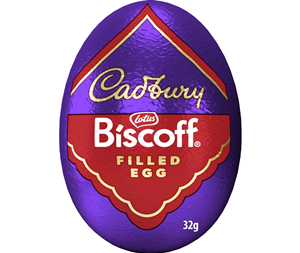Form and function

In the confectionery industry, product innovation is the lifeblood of market growth and evolution is important to the continued success of existing product areas.
Rather than committing capital investment to a new production line, manufacturers often welcome the opportunity to save money by sourcing functional ingredients that fit into their existing process environment. Similarly, in the current climate, manufacturers are looking for ways to reduce the cost of their formulations.
The market
Gummies, liquorice and jellies are a growth sector in Europe, which is worth €4.2 billion per annum,
with volume sales of 654,000 tonnes per year (Euromonitor International, 2011).
The gummies and jellies sector in particular is one that is driven forward and revitalised by novelty and creativity, with new shapes, functionalities, texture sensations and flavours continually appearing to satisfy
ever more adventurous consumer tastes.
Staying at the forefront of this dynamic sector demands the ability to produce a constant stream of new product ideas, new recipes and new processes.
Developing the range
The Thingum range of thin-boiling dent or waxy maize starches has been developed by Tate & Lyle for use in the manufacturing of soft and hard set gums as well as in the development of new products.
One of the main benefits of thin-boiling starch is that it has low and uniform viscosity, which does not change much with temperature, unlike native starches, which show wide variation in viscosity.
The company states that the advantages of the Thingum range in confectionery applications are that they can offer a lower hot viscosity when cooked, and they have a reduced thickening effect during processing that facilitates cooking and depositing but gives a consistent and stable set to gel upon cooling.
This high fluidity offers higher depositing of solids in gum recipes. It also gives a greater choice of textures in the finished product.
Other benefits include:
- a clean ingredient list – labels as starch (Thingum 100, Thingum 107, Thingum 109 and Thingum 300 are labelled as starch and Thingum 139 (E1420) is labelled as ‘modified starch’)
- improved clarity and brightness
- easier processing during depositing
- low viscosity at hot temperatures
- optimal viscosity for depositing
- high gel strength
- reduced drying time.
Thingum thin-boiling starches can be used in a wide range of confectionery products. These include:
- soft and hard gums
- wine gums
- liquorice
- jellies.
Other benefits
Most Thingum starches are also suitable for inclusion in a diet that is restricted, for example, on religious grounds or because the consumer is a vegetarian.
Other benefits include cost optimisation and, according to the manufacturer, excellent interaction with other hydrocolloids. ♦






